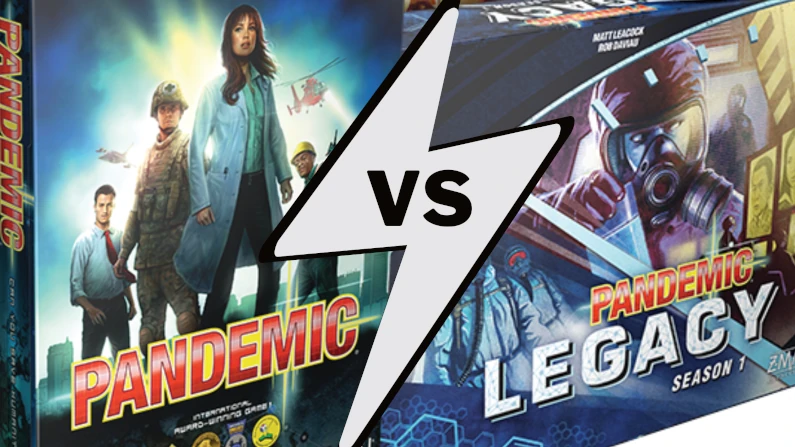Playing Pandemic
I played Pandemic in person with Maya, Jean, and Rachel. Jean and I had played before, but not recently, and Maya and Rachel hadn’t played before, so I spent a few minutes reading the rules and getting us set up.
We each had a special role; I was the quarantine specialist, Jean the researcher, Rachel the medic, and Maya the scientist.
I was feeling optimistic going into the game, since my family and I had won the last game of Pandemic we played (the Pandemic Iberia spinoff). We talked about how we would start by sending Rachel to Asia where the most infected people were, so she could use her special Medic role to heal them. To do this, we would have Jean transfer Asian cities to Rachel through his special researcher knowledge transfer move. It was going to be great.
However, within a few turns things were already looking bleak – we got unlucky and pulled an epidemic card quite early on, which spurred several outbreaks in Asia before Rachel had a chance to clean things up over there. Despite our discussion between turns on what each person should do next, we seemed to be losing against the game with each round. After a few rounds and two epidemics, class was ending and we cleaned up, relieved that we wouldn’t have to play out to our likely loss.
How cooperative play changes the dynamics of play
I believe the intended aesthetics of Pandemic are fellowship and challenge. These also feed into each other; since the game is challenging to beat, more teamwork is required.
The cooperative nature of the game really builds the aesthetic of fellowship, and several dynamics make this possible:
- different roles that mesh together, not hurt each other – because each of us had a special skill that could be potentially combined with others, we really needed to discuss and understand each others’ abilities in order to use them in the best way possible. For example, Jean’s researcher and Rachel’s medic abilities could be combined to make use of both Jean’s transfer ability to send Asian city cards, and Rachel’s healing ability to then treat those Asian cities. We felt like each of us were contributing something useful!
- sharing information, not hoarding it – because city cards can be shared between players on the same space, there is encouragement to meet up with other players and help each other out by sharing resources with them to reach a unified goal
- discussion, not silence – being able to see each others’ cards and talk about what action to take next as a team contributes to a sense of unity and collective movement.
I think the designers made the game more challenging because it is cooperative; the intensifying outbreaks are especially frustrating, and push the players to work together more effectively and develop stronger fellowship in order to overcome them. I think if we had more time, we could have put our heads together a little harder to get through the challenge! At the same time, Matt Leacock acknowledges that you could just get horribly unlucky, so maybe that’s what happened to us haha…
How Pandemic Legacy changes the play
With the idea of repeated games and permanence, Matt Leacock brings in new aesthetics – narrative, discovery, and a little bit of sensation – and in order to create them, new dynamics.
Pandemic Legacy still has aesthetics of fellowship and challenge within its individual games – or months as they are framed – since these parallel standard games of Pandemic. However, having an overarching storyline makes Pandemic Legacy more of an “experience,” as Matt Leacock described it. There is an additional aesthetic now of narrative, which was present in the original but not emphasized as much. This is highlighted with the dynamic of gradual rule cards rather than a booklet, which suggest a story unfolding card by card, as well as a small piece of story at the beginning of each month that sets the context and scene.
There is also discovery, with hidden information that is revealed over time through the dynamic of opening secret boxes and doors in the dossier. Players wonder what’s inside and experience a satisfying rush of new information every time they get to open a new box; it’s like the first time you open up a board game box, but spread across the months in Pandemic Legacy.
There is even a bit of sensation aesthetic as players interact physically with the game. This is possible through the dynamic of ripping cards and placing stickers, which provide tactile sensation for the players.
I think I would enjoy this version of the game better, since I found myself easily discouraged by the challenge presented in the original Pandemic. I can easily see myself getting excited to open boxes and find out what happens next in this version! I also found myself struggling to read the rule booklet and relay the rules back to the group with original Pandemic, just like Matt Leacock describes in his talk, so I would definitely enjoy the process of reading rule cards and learning the rules of the game together as it unfolds!




Great insights! (don’t forget to credit the co-designer of legacy, Rob Daviau)
Really a perfect Critical Play.